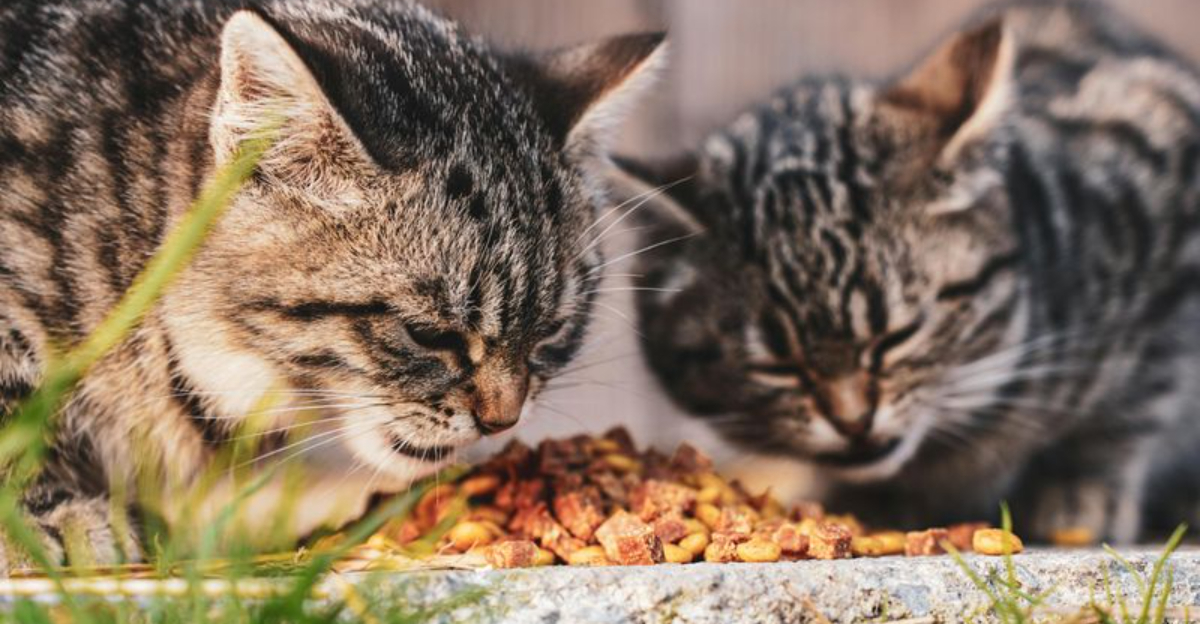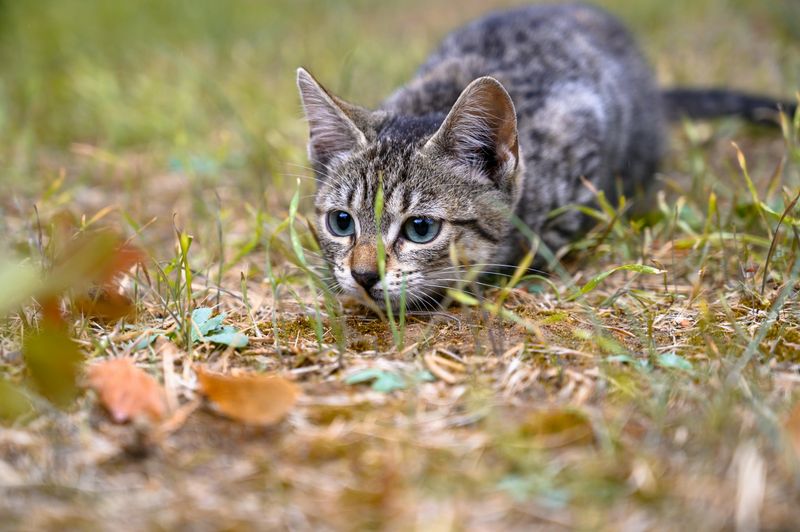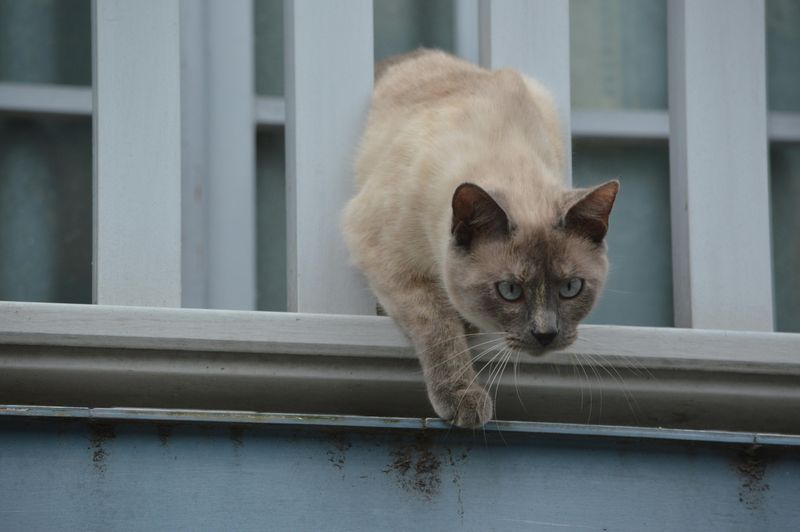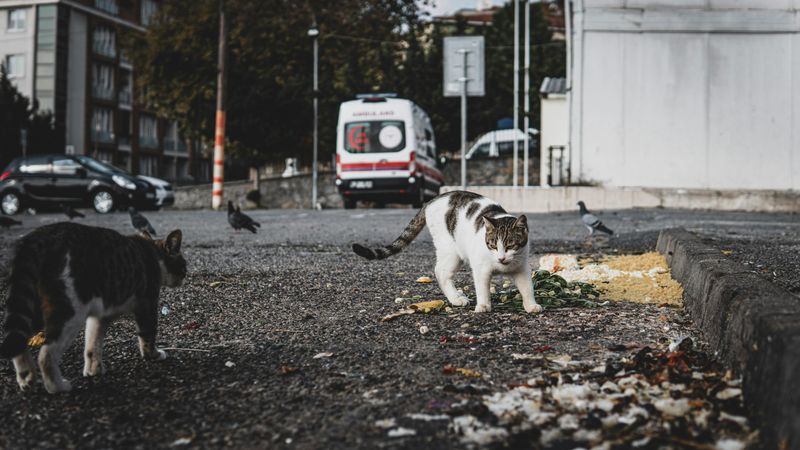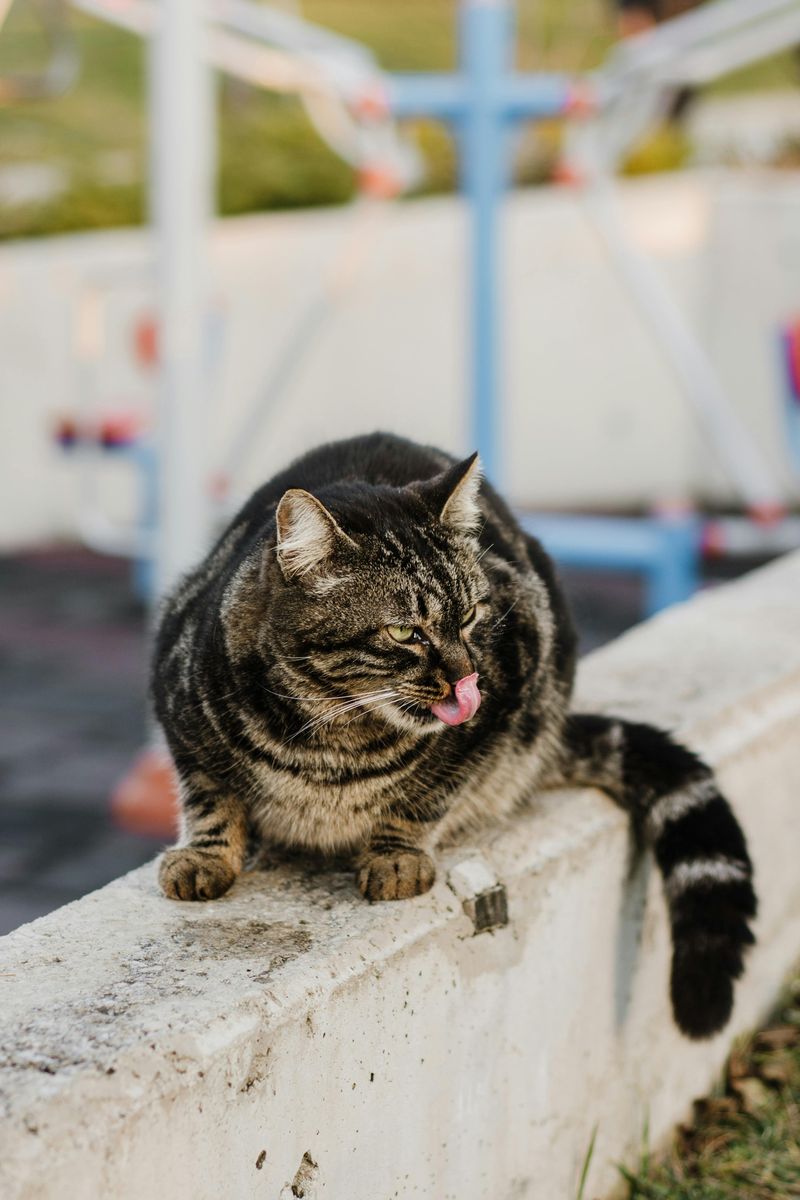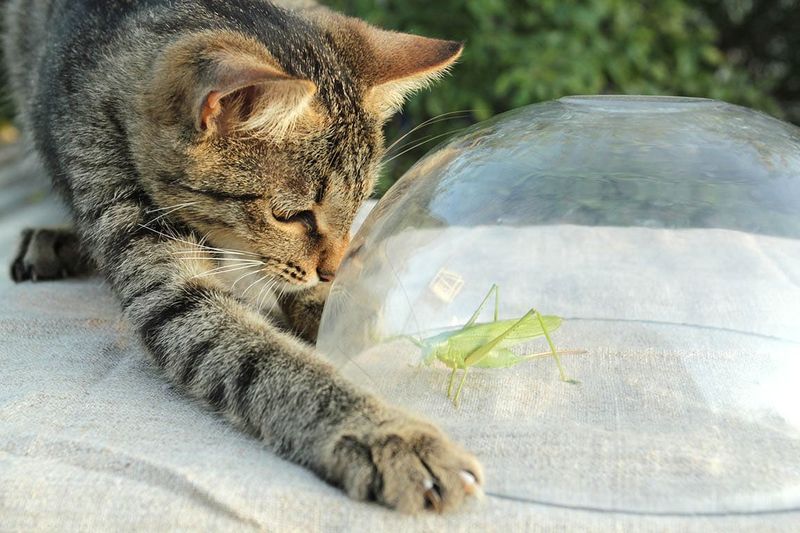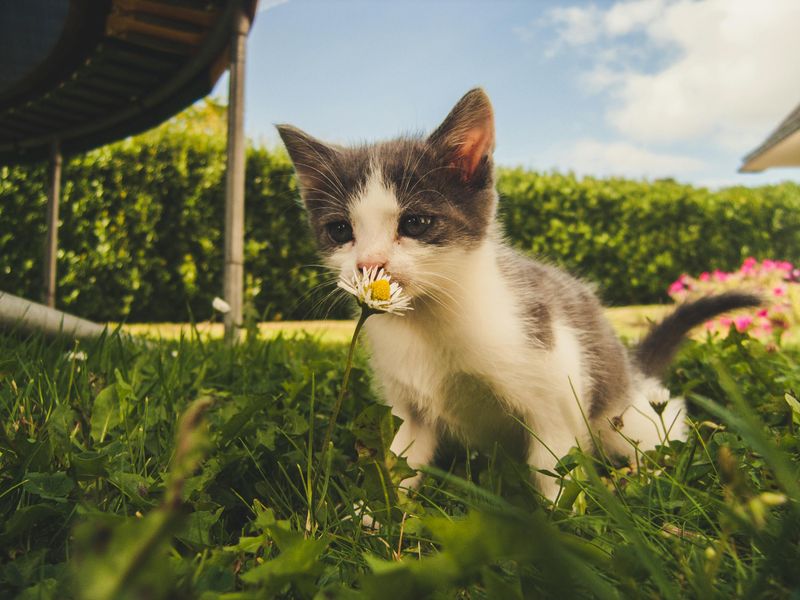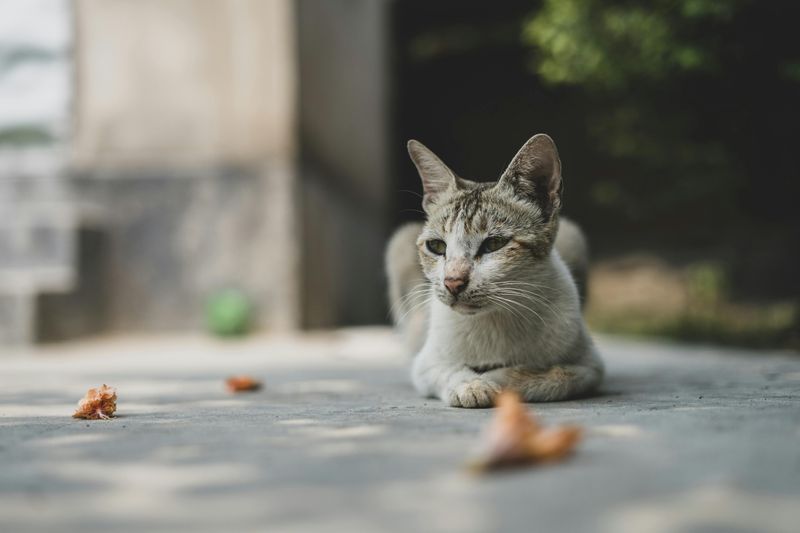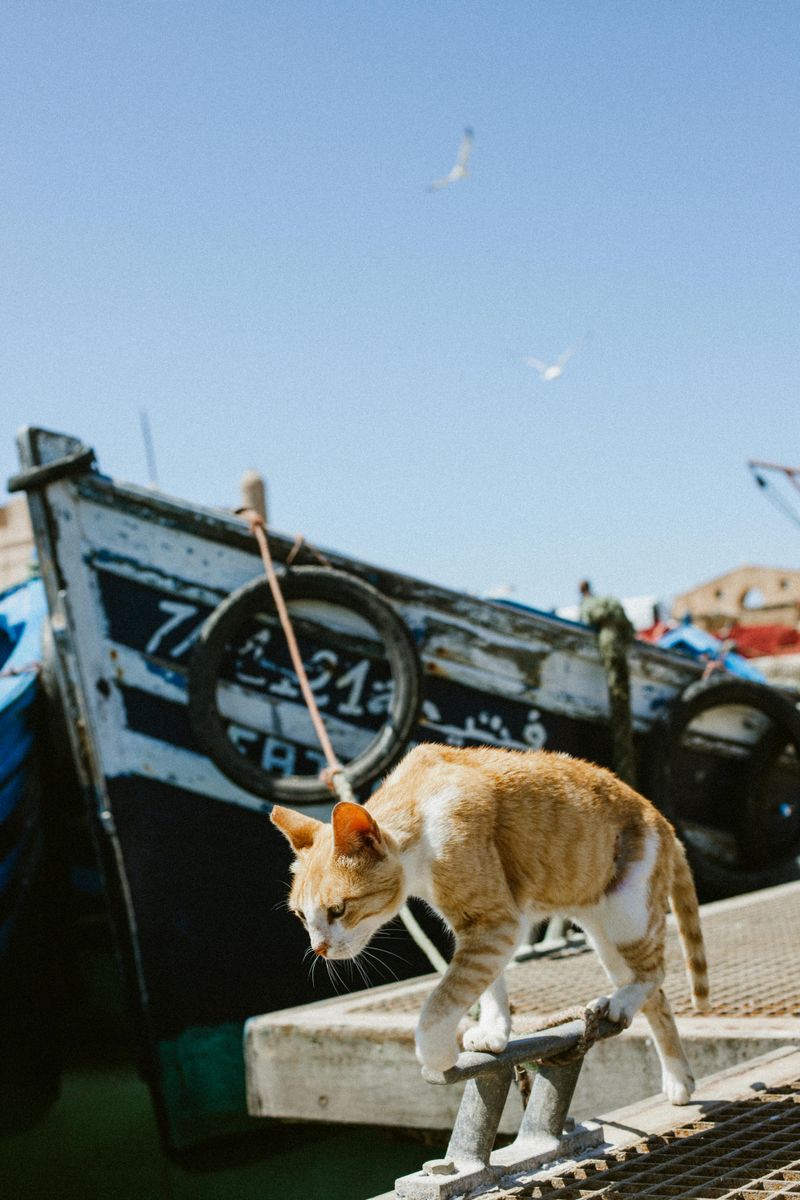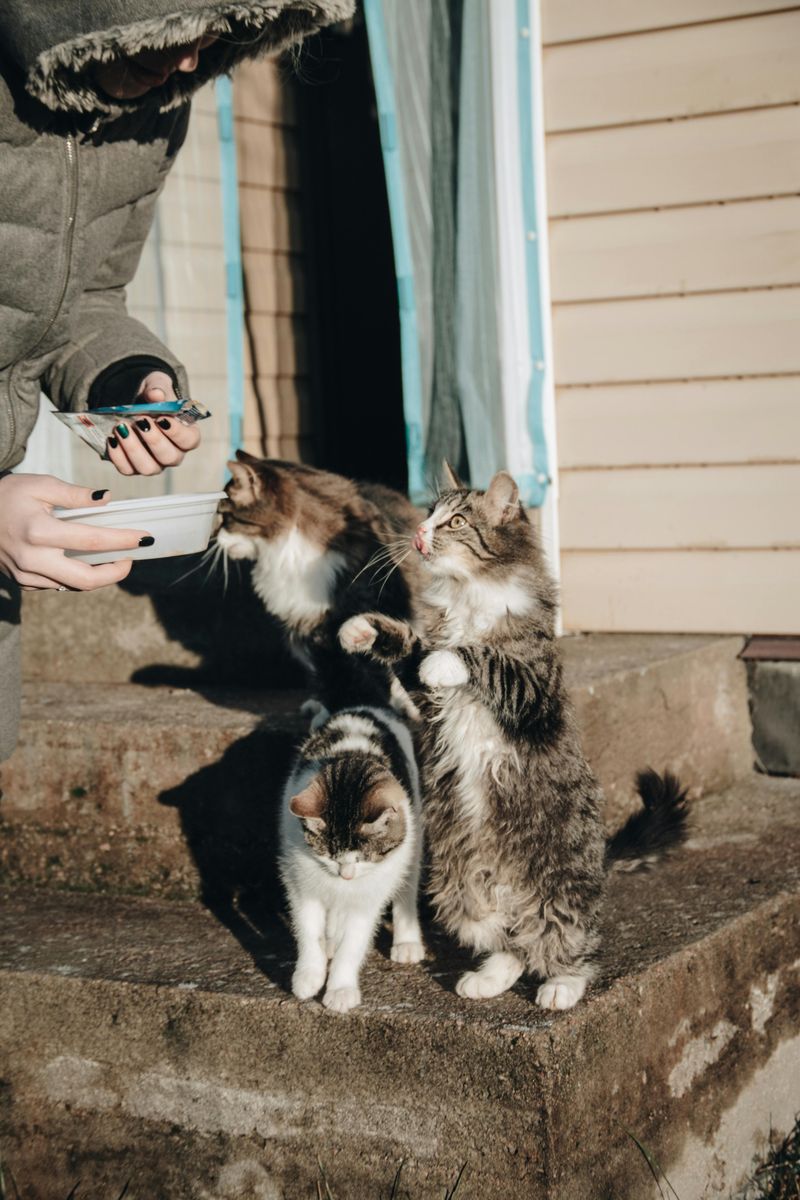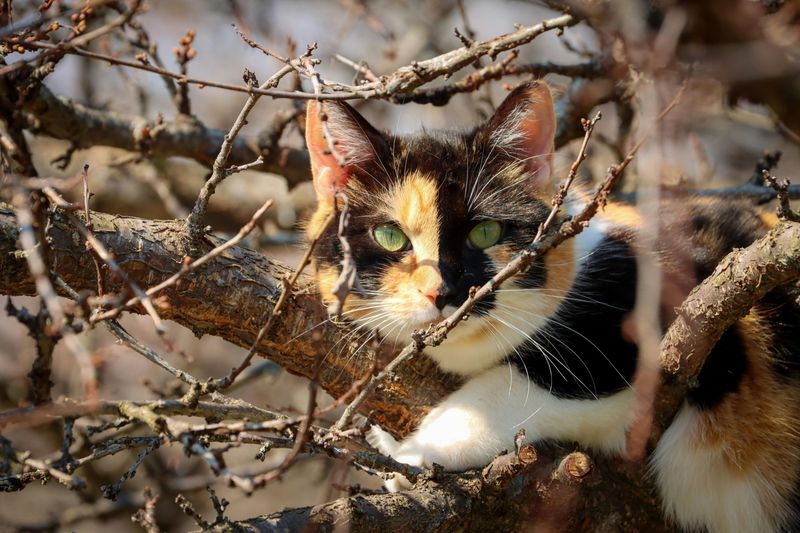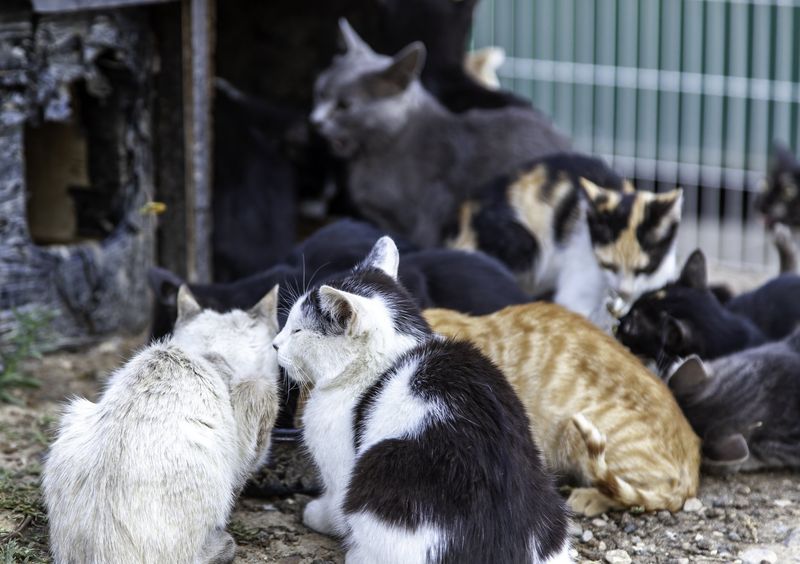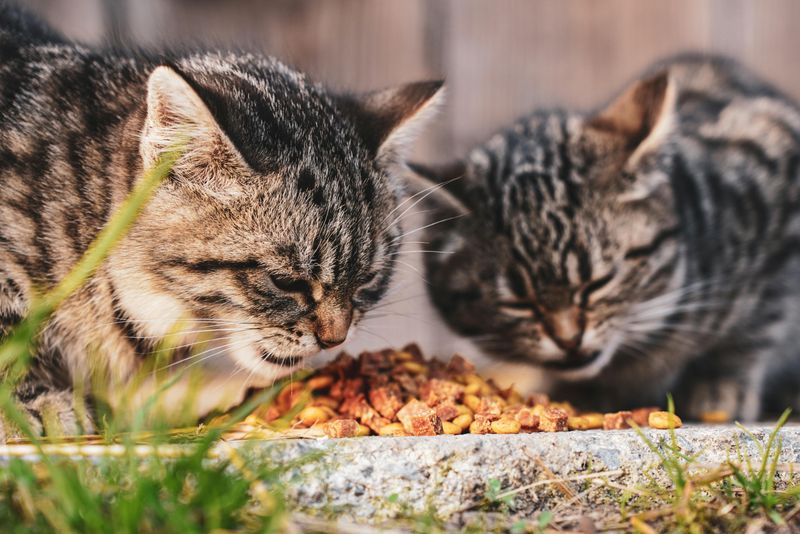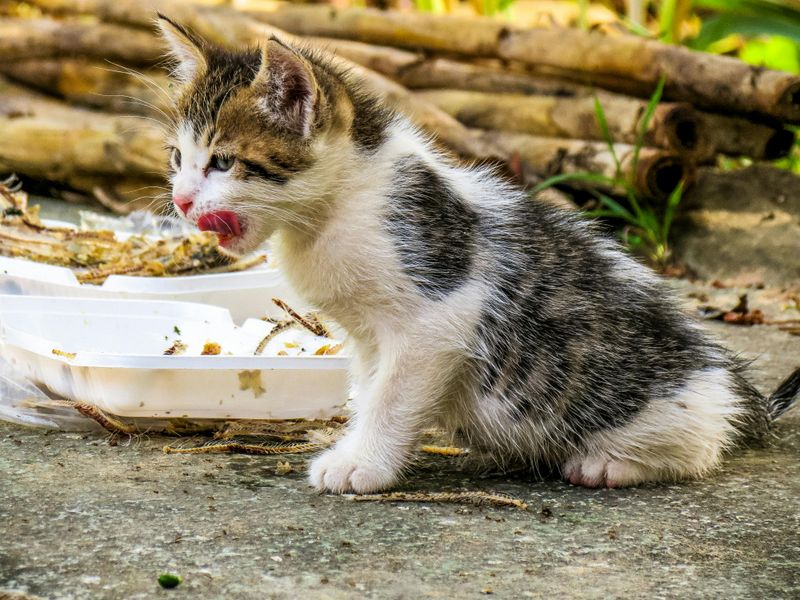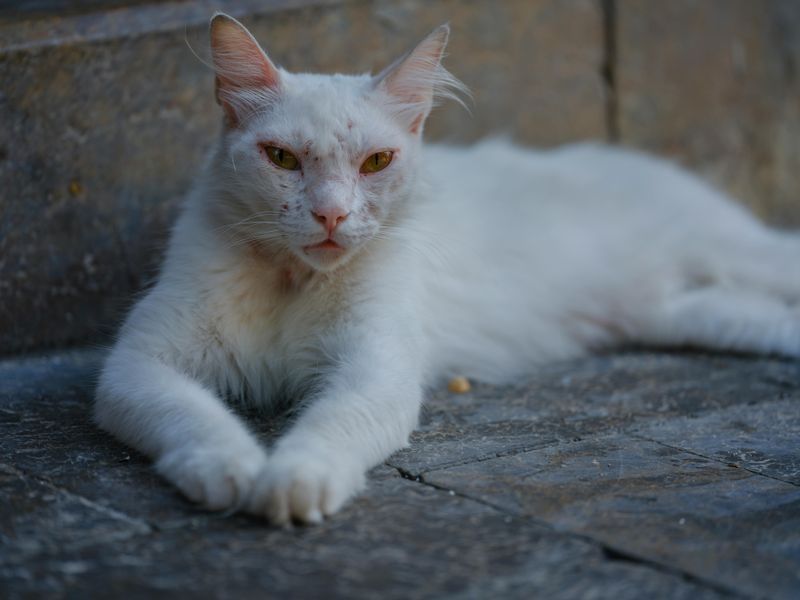📖 Table of Content:
- 1. Hunting Small Prey
- 2. Stalking and Pouncing
- 3. Using Night Vision to Hunt
- 4. Scavenging Leftovers
- 5. Listening for Movement
- 6. Catching Insects
- 7. Following Scent Trails
- 8. Memorizing Food Locations
- 9. Fishing in Shallow Water
- 10. Begging from Humans
- 11. Climbing Trees for Birds and Eggs
- 12. Working in Colonies
- 13. Raiding Pet Bowls
- 14. Licking Up Food Residue
- 15. Learning from Experience
Cats are natural-born survivors with incredible instincts that help them find food in the wild. Whether they are stray, feral, or just adventurous outdoor explorers, these cats rely on their sharp senses and learned behaviors to stay nourished. Their ability to adapt to different environments makes them skilled hunters and resourceful scavengers.
Unlike domesticated house cats that rely on their owners for meals, outdoor cats must constantly search for their next source of food. They use a combination of hunting skills, scavenging abilities, and even interactions with humans to survive. From stalking small prey to raiding trash bins, these clever felines have developed various strategies to stay fed.
Understanding how outdoor cats find food gives us insight into their intelligence and adaptability. It also highlights the challenges they face in their daily lives, especially in harsh weather or urban environments.
1. Hunting Small Prey
Outdoor cats are natural hunters, using stealth and patience to catch small prey. They stalk their quarry, moving silently to creep up as close as possible. With a sudden pounce, they capture their target. Their sharp claws and teeth make quick work of animals like mice and birds. This hunting skill is crucial for survival, providing a reliable food source. Cats’ instincts drive them to practice these skills from a young age, honing their abilities. This continual practice ensures they remain adept at catching prey, even in challenging circumstances.
2. Stalking and Pouncing
These movements require a blend of agility and precision. Cats lower their bodies to the ground, minimizing their silhouette while they inch closer to their target. The pounce is a calculated leap, combining speed and strength to surprise prey. This method is effective across various terrains, from open fields to dense underbrush. Kittens often practice these movements through playful games, developing their skills under the watchful eyes of their mothers. This playful training is vital for their survival as adult hunters.
3. Using Night Vision to Hunt
Cats possess exceptional night vision, allowing them to hunt effectively in low light. This ability is due to their large eyes and reflective layer behind the retina, known as the tapetum lucidum. During nighttime, when many prey animals are active, cats’ eyes gather available light, enhancing their vision. This advantage lets them detect subtle movements and track prey in the dark. Their nocturnal hunting is often quieter and more successful. Understanding their environment and using their sensory advantages, cats become efficient nighttime hunters, ensuring they can find food when needed.
4. Scavenging Leftovers
Scavenging is a common survival tactic for outdoor cats. They explore their environment for leftovers, often near human habitation. Garbage bins and food scraps provide unexpected meals. Cats use their keen sense of smell to locate potential food sources. While scavenging might seem less glamorous, it offers a consistent, if unpredictable, way to find nourishment. This behavior showcases cats’ adaptability and resourcefulness. Even without hunting, they can sustain themselves by taking advantage of human-created opportunities. Learning to navigate these environments is crucial for urban-dwelling outdoor cats.
5. Listening for Movement
Their independently rotating ears help them accurately determine the source of sounds. This sharp sense of hearing enables them to detect hidden prey, such as rodents scurrying in the grass or birds singing in the trees. In areas where visibility is limited, their auditory skills become crucial for survival. By carefully listening to subtle noises like rustling leaves or the flapping of wings, cats can track down potential food sources. Their reliance on sound enhances their hunting efficiency, making them skilled predators even in challenging environments.
6. Catching Insects
Insects provide a plentiful and nutritious food source. With quick reflexes and sharp eyes, cats can catch insects like grasshoppers and moths. This hunting also serves as excellent practice for honing agility and coordination. Cats often engage in playful chases, sharpening their skills. The abundance of insects makes it a reliable option, especially in warm months. This ability to diversify their diet highlights their adaptability. By catching insects, outdoor cats supplement their nutrition while staying active and engaged with their surroundings.
7. Following Scent Trails
All cats have a powerful sense of smell, aiding them in following scent trails to locate food. They can detect chemical signals left by prey, allowing them to track animals over distances. This skill is crucial in hunting and scavenging. By interpreting scent trails, cats can predict where their next meal might be hiding. This ability is especially useful in complex environments like forests, where sight lines are short. Smell guides them through these settings, ensuring they can find sustenance amidst dense vegetation and other challenges.
8. Memorizing Food Locations
Their memory helps them revisit spots that might offer meals, such as areas with abundant prey or where humans frequently discard food. Over time, cats develop a mental map of their territory, including these valuable food sources. This spatial awareness is important for efficiency, reducing the time and energy spent searching for food. By using their memory, outdoor cats optimize their efforts, focusing on familiar locations that have yielded results in the past.
9. Fishing in Shallow Water
Some outdoor cats learn to fish in shallow waters, adding fish to their diet. This requires patience and precise timing, as cats wait for the right moment to strike. Fishing is more common in areas with accessible water sources like ponds and streams. Cats may sit quietly by the water’s edge, observing fish movements until they can catch one. This skill expands their dietary options and showcases their adaptability in utilizing available resources. By fishing, cats demonstrate ingenuity in finding food beyond traditional hunting methods.
10. Begging from Humans
Some outdoor cats develop the skill of begging from humans for food. They approach with friendly, non-threatening behavior, often meowing softly or rubbing against legs. This tactic can be effective, especially in areas where people are accustomed to feeding stray animals. Outdoor cats learn to recognize sympathetic individuals who might offer scraps. While less demanding than hunting, begging relies on social skills and understanding human behavior. This interaction highlights cats’ flexibility in securing food through means beyond their natural hunting instincts.
11. Climbing Trees for Birds and Eggs
They climb with agility, using their claws to grip bark and branches. Birds and eggs provide a great meal, making this a rewarding hunting strategy. The challenge lies in balancing while reaching their target. This skill is particularly useful in areas with abundant bird populations. By climbing, cats exploit vertical spaces, expanding their hunting grounds and increasing their chances of a successful catch.
12. Working in Colonies
In the wild, some outdoor cats organize themselves into colonies, using teamwork to enhance their chances of finding food. Unlike solitary hunters, these cats understand the advantages of working together, whether it’s coordinating a hunt or defending a shared territory. Some members may specialize in tracking prey, while others stand watch to ensure safety from larger predators. This social structure not only boosts hunting success but also creates a network where valuable food sources are communicated among the group. In urban areas, colony cats may even rely on humans for food, returning to known feeding spots and helping others find consistent nourishment.
13. Raiding Pet Bowls
Stray and feral cats often turn to pet food as an easy and reliable meal source. By sneaking into backyards or porches, they take advantage of food left out for domestic animals. This behavior requires caution and stealth, especially if dogs or other pets are nearby. Since pet food is highly nutritious, it provides an efficient alternative to hunting, saving them time and energy. Some outdoor cats even memorize feeding routines, arriving at the perfect moment to grab a meal unnoticed. This ability to adapt and exploit human environments highlights their intelligence and survival instincts.
14. Licking Up Food Residue
In urban areas, outdoor cats often find nutrition by licking food residue from discarded containers. This method makes use of every available resource. Though it might not be a full meal, residue can provide vital nutrients in lean times. This behavior requires minimal energy and can be done discreetly. Cats’ ability to find sustenance in unexpected places underscores their adaptability. By using even the smallest food traces, they demonstrate resourcefulness, ensuring they remain nourished despite challenging conditions.
15. Learning from Experience
Experience is a valuable teacher for outdoor cats, enhancing their survival skills over time. Older cats often learn from trial and error, improving their hunting and scavenging techniques. This accumulated knowledge is sometimes passed to younger cats through observation and imitation. By watching experienced hunters, young cats pick up effective strategies. This mentorship ensures the survival of knowledge within cat communities, fostering a culture of learning and adaptation. Through experience, outdoor cats refine their instincts, becoming more adept at finding food in varying environments.
